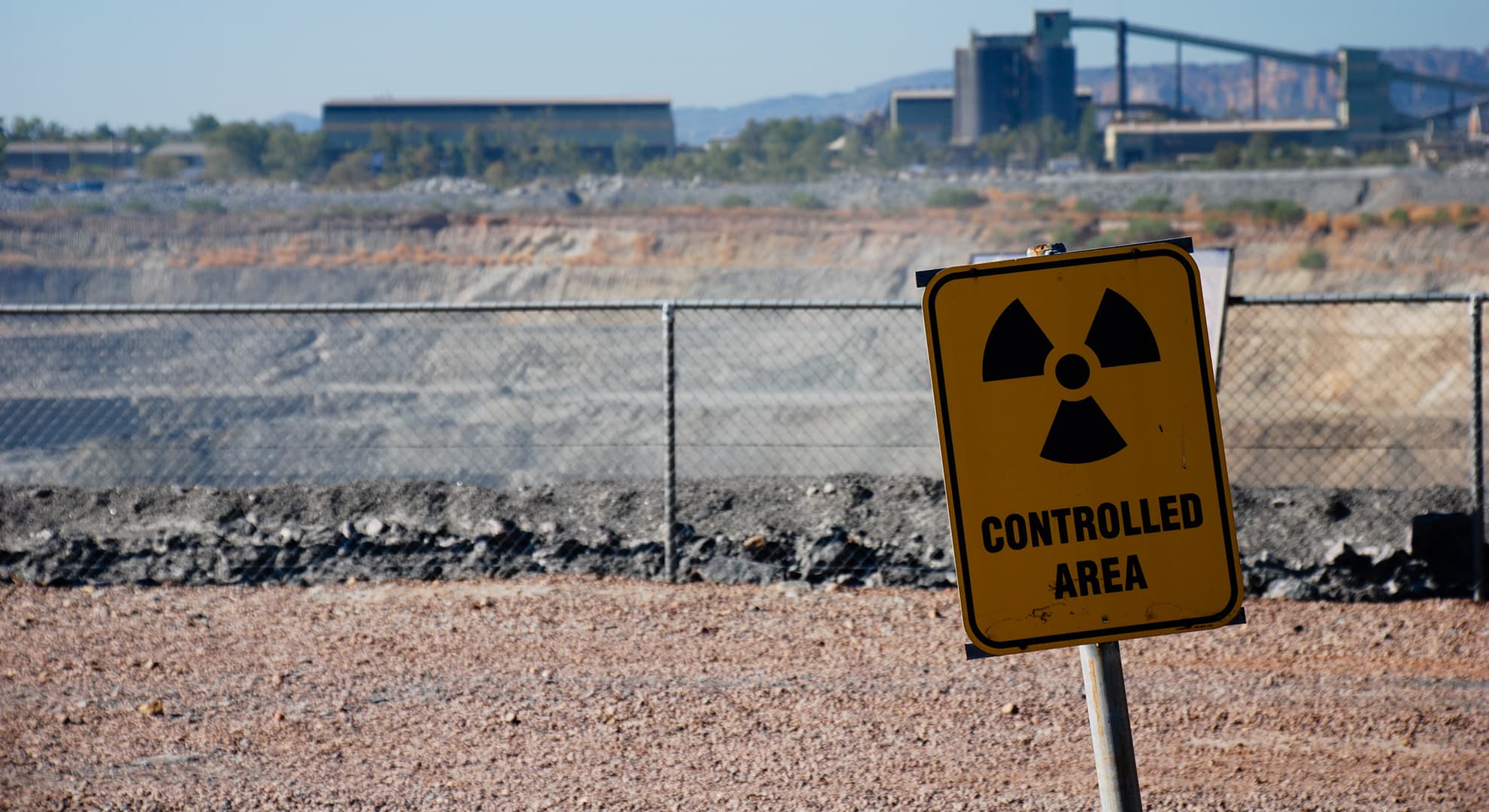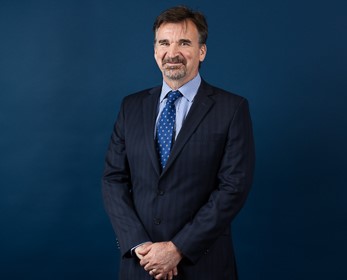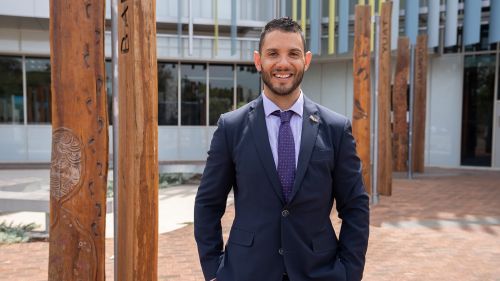Workers in the Western Australian mining and resources sector will be better protected from radiation, thanks to new national guidelines influenced by Edith Cowan University research.
Certain sectors of the mining industry expose workers to naturally occurring radioactive materials (NORM), which may lead to the inhalation or ingestion of atoms known as radionuclides.
The International Commission on Radiological Protection is one of the global agencies responsible for establishing standards of best practice in exposure to radiation.
The Commission recently revealed the risk factors for many of the radionuclides encountered in the mining industry had been underestimated.
ECU researchers applied the new risk estimates to the amount of radionuclides WA miners may encounter and found the doses from inhaling radioactive dusts could be 1.9-2.9 times the amount first thought.
Thanks in part to the study's findings, the Australian Radiation Protection and Nuclear Safety Agency (ARPANSA) has announced it has updated how it calculates how much radiation dose someone receives from natural radioactive elements, such as uranium and thorium.
ECU lead researcher and PhD candidate Martin Ralph said it was vital to know how much radiation workers were being exposed to, especially given the number of mining operations in which workers are potentially exposed to NORM in WA had increased significantly in recent years.
"The number of operations that encounter NORM is likely to increase even further with the advent of the Federal Government's Critical Minerals Strategy and the WA’s Future Battery Industry Strategy," he said.
"The revision of the risk factors applicable to inhalation of radionuclides, will enable the risk to workers in these important sectors of the State's mining industry to be calculated with improved accuracy."
ECU Occupational Health and Safety Senior Lecturer Dr Marcus Cattani credited Mr Ralph for his work helping to influence policy.
"Martin's research has resulted in a series of academic papers which have contributed to this important area of occupational health and safety," Dr Cattani said.
"This paper will improve the working environment and health outcomes for many workers in the future and is therefore a significant outcome of his PhD."
 ECU's research has seen national radiation exposure guidelines changed to better protect mine workers. Credit: Alberto Otero Garcia.
ECU's research has seen national radiation exposure guidelines changed to better protect mine workers. Credit: Alberto Otero Garcia.



